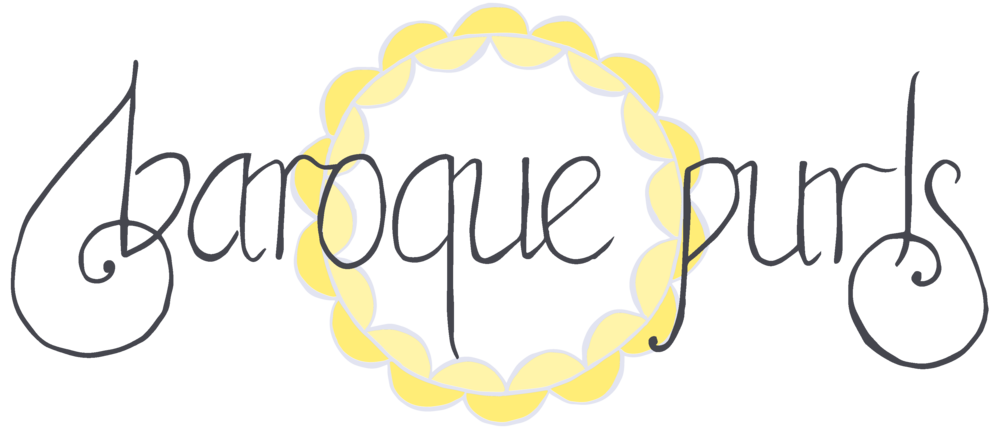We had a wonderful time in Napier! The food was amazing, the weather was pleasant, and the hotel was great. And so was the main event! Congrats Jeff and Colleen, it was a lovely wedding. I'm so glad Willie and I were able to be there. <3
The day after the wedding, hordes of friends and family descended on the Grays' place for lunch. The best part for me was watching their (very bouncy) dog play with their three goats. We've been hassling Jeff to take a video to put online, because it's ridiculously entertaining...
Between the goat paddock and the beehives were some eucalyptus trees with blue-green leaves. I've been on the lookout for some accessible blue-green eucalypts to dye fabric with, ever since I read in
India Flint's Eco Colour that these are the ones which give orange or red dye. I asked nicely, and picked a few good-sized twigs to experiment with back in Whakatane.
On Tuesday I had a go at Flint's 'eco-print' technique, scattering pieces of eucalyptus twigs between the folds of a plain silk scarf, rolling it around a stick, and tying the bundle tightly with string.
I tossed the bundle and some leftover leaves and twigs into a pot with enough water to cover it all, and boiled it all for 45 minutes. Then the hard part began - waiting until the next day to unroll the bundle and see what colours I had!
And... it worked! The scarf has areas of apricot-orange where the leaves were pressed tightly against the fabric, and paler areas in between. I didn't achieve strongly defined leaf prints, but I'm happy with my first attempt. I imagine tighter rolling and tying of the bundle would produce clearer prints.
If you click and enlarge this last photo, you can see stripes in the upper left corner from the string around the bundle. Pretty cool! It's amazing what just leaves + fabric + water + heat can do.















